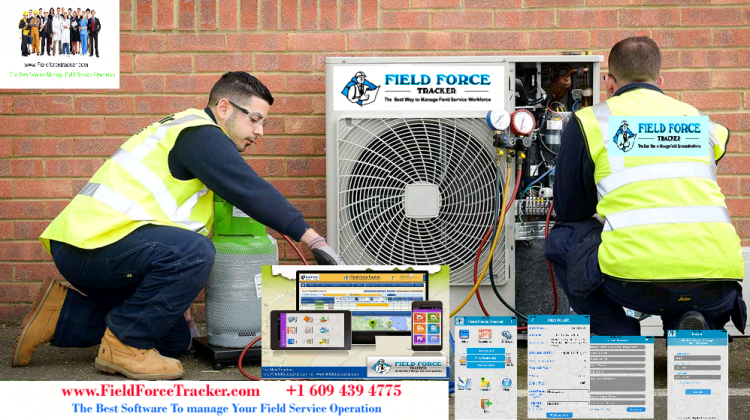Service organizations often experience differing service needs. Sometimes, there is a less demand of service and sometimes, there are peak demands of the service. It is a challenge to manage such requirements for service managers.
You have to always evaluate if your field service organization handle the additional workload when demand spikes without impacting service quality and customer experience. In many sectors such as utilities field service, demand changes significantly, requiring teams to find agile methods for meeting customer demand.
In the following paragraphs, we will describe a handful of methods for scaling either up or down based on seasonal demand, market volatility, or customer behavior change.
Forecasting Field Service Demand
Calling upon predictive software and machine learning, your organization could model its seasonal demand based on algorithms and historical data. While predictive software analyzes current and historical data to predict future events, machine learning – a type of AI – empowers computers to learn in real-time and create models based on deep historical data. Combined, these two capabilities make it possible for your organization to forecast technician requirements.
For example, you could know the number and type of technicians needed to handle demand at given times of the year. As a result, you can be prepared to staff up and down as needed – in advance – rather than scramble at the last minute.
Leveraging the Contracting Staff
A growing number of technicians are open to working virtually and as contractors. In fact, Gartner predicts that 40% of field service work will be handled by contractors as of 2020. By calling upon this contingent workforce, your organization can easily staff up as needed.
Let’s say, for example, your business sees peak demand in the winter months because you are running a snow removal service. Instead of hiring at the start of the season, you could engage contractors with the needed skills throughout the season. Moreover, you can access talent that may not be readily available in your immediate area – a tremendous benefit if your service organization covers a wide geography. Instead of being limited to local talent, you can find the most fitting technicians for your needs.
Support Technician With Mobility App like Field Force Tracker
Hand in hand with preparing your organization to vet and onboard talent for part-time “gigs,” you should be ready to support technicians’ mobile needs. Whether your technicians are contractors or full-time employees, more of them are likely to be considered mobile in some regard or another. Consider that over the past 10 years, the number of mobile employees grew by 25% and is likely to grow another 50% by 2020, according to PwC. Equipping them to capably handle service calls using mobile technologies is a must. Plus, it benefits your business.
A certified contractor that you hire for a gig could inspect downed equipment in a remote location. Using a mobile app that you supply, this on-call technician could then share the findings and analysis with your experts back at headquarters and receive instruction on how to proceed. Once the problem was resolved, you could end the contractor engagement.
Offload Repetitive, Task-based Work to Field Service Software
While essential to keeping the business running, manual tasks are labor-intensive and not necessarily always a value-add. Your field service organization can handle a prescribed level of these tasks by applying artificial intelligence (AI) software.
During times of peak service demand, AI software could process and route work orders. It could also handle the scheduling and dispatching of technicians. Rather than staff up a command center with numerous dispatchers, you could call upon AI software designed to rapidly analyze lots of data to make the best scheduling and routing choices. By taking into account seasonal patterns, the software can also predetermine schedules.
Eliminate Unnecessary Service Visits
As you know, truck rolls are an expensive, time-consuming part of your field service operations. You can only afford to keep a certain number of trucks in commission, and the number of trucks in your fleet essentially caps off the number of service calls you can handle at a given time. Fortunately you can take steps to serve more customers regardless of your fleet size.
One option is to take advantage of real-time video chat combined with a mobile app that allows customers to reach a service technician as needed. During the video chat, the on-call technician could direct the customer to aim the camera at the equipment experiencing issues and diagnose and hopefully fix the issue remotely.
Another option is to apply preventive maintenance measures to reduce the chances of equipment breakdowns and service outages. By regularly and proactively applying updates and fixes as needed – and remotely when possible – your organization will find itself responding to fewer service calls even while satisfying more customers.


